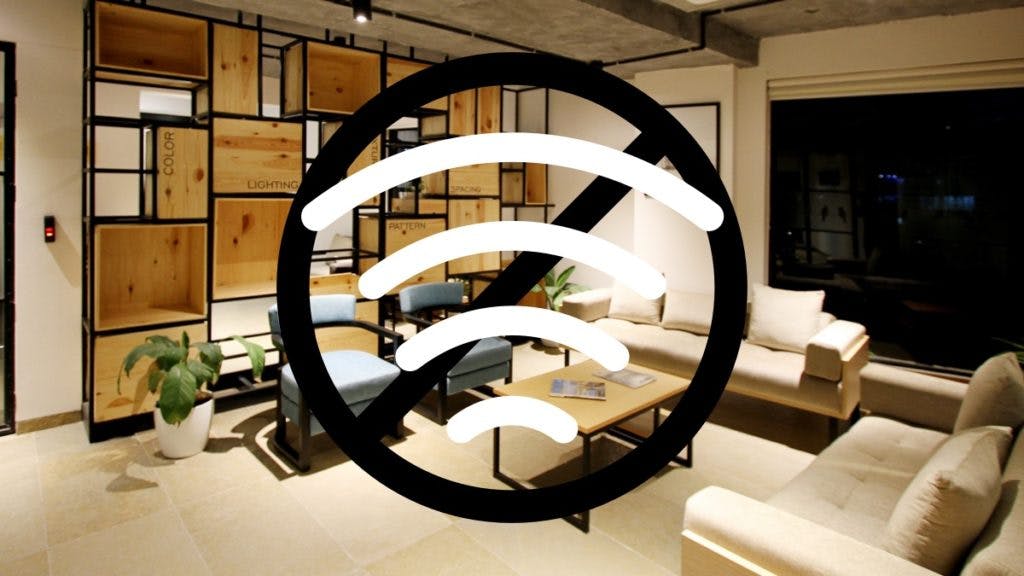Offline smart homes: automation and functionality that don’t depend on online services
By Adama Brown,
When you buy through our links, we may earn an affiliate commission.
With data breaches on the rise, and privacy concerns with how tech companies handle your data even when it’s kept safe, it’s understandable that many people are increasingly worried about their home automation systems. When your home is filled with cameras and microphones all connected to the internet, how do you protect yourself?
One option is to build a home automation system that doesn’t rely on cloud-based services or being connected to the internet. It’s more work than just plugging something into Google or Amazon, but it pays off in peace of mind. Cameras and door locks which aren’t connected to the internet can’t be hacked, and systems that report only to you won’t be spying on your every move.
Method one: Replacing cloud services with a local hub

If you’re going to avoid using internet-connected smart hubs, you’ll need something in your home to replace them. Depending on how ambitious you are, there are several options.
The easiest way to do this is a piece of hardware called Hubitat. Essentially, this is a little box which hooks up to your home network and takes the place of the cloud services that your home devices normally rely on. It handles devices which are compatible with Amazon and Google voice assistants, Z-Wave and Zigbee communication protocols, and anything hooked up to your WiFi.
Although the suggested retail price of $149 might scare a few people off, the Hubitat offers considerable features for that price, with built-in ZWave and Zigbee communication that let it talk to the large majority of home automation devices available today.
Method two: Building your own offline hub
There are also options that don’t require you to buy a pre-made product–although you’ll still have to have a computer of some type running to handle the work. Two such options are OpenHAB and Home Assistant.
Both OpenHAB and Home Assistant can be installed on dedicated hardware like a Raspberry Pi, or they be run directly on your PC. The latter will be cheaper, but not everybody wants to leave their home computer running 24/7 in order to manage their smart home.
Like a stand-alone hub, these apps sit on your network and allow you to control smart devices locally, without accessing the internet. The big disadvantage of doing things this way is that home computers don’t come with the ability to communicate with devices that use Z-Wave or Zigbee protocols.
To do that, you’d have to add USB adapters to your computer such as the Zooz 700 for Z-Wave and/or this SONOFF model for Zigbee. By the time you finish adding dongles to your PC, you’ll probably be up to at least half, maybe more, of the cost of a less complicated and power-hungry dedicated piece of hardware like the Hubitat.
The main advantage of building your own server is that you can also integrate other functions at the same time. For instance, Pi-hole, an app which is designed to provide whole-network level ad-blocking, protecting your entire home and all your devices from advertisements.
Other uses of a dedicated network computer include setting up a home media server, which allows you to stream your own content to your smart TV and other devices, or to set up an automatic backup system to keep all your personal files safely stored.
In the end whether a home server is worth your time and effort will depend a lot on your comfort level doing some fairly tricky technical setup, and whether you’ll use it for anything besides home automation, or if you’re better off just buying system and having it ready to go.
Limitations of an offline smart home
There are some negatives to taking your smart home offline, besides just the work to get things set up. The main one is that without cloud services, it can be much harder to access your home systems remotely.
In some ways, this is a trade-off; what can’t be accessed remotely can’t be hacked. However, it also loses the ability to do things remotely like check that your smart locks are enabled or check your home’s cameras.
You can alleviate this by setting up remote access to your home via a Virtual Private Network, but this is technically challenging and not suitable for everyone. As with setting up your own home hub, you’ll have to decide based on your own circumstances what level of technical depth you’re comfortable with, and whether it’s worth the effort.
Wrapping it all up
Setting up an offline home automation system is certainly more work than just plugging in to cloud services. But if you have the skill and the will, it offers a definite sense of security in a time when data breaches and corporate snooping are both at an all time high.



